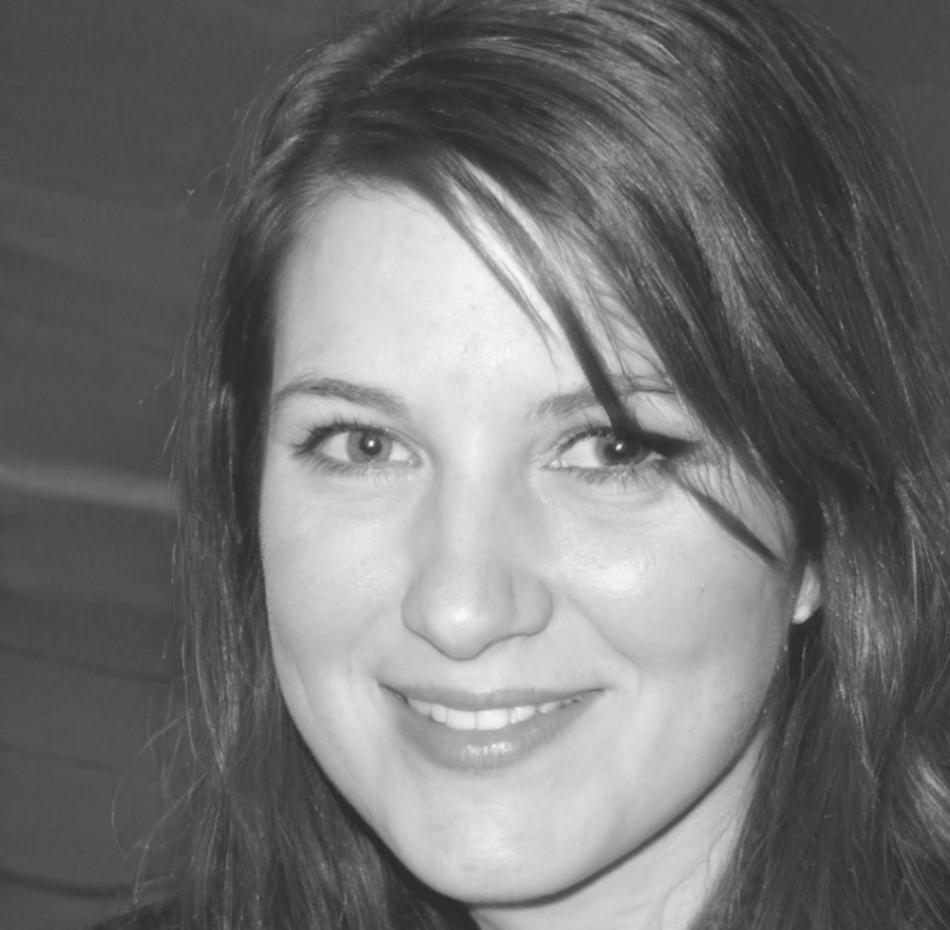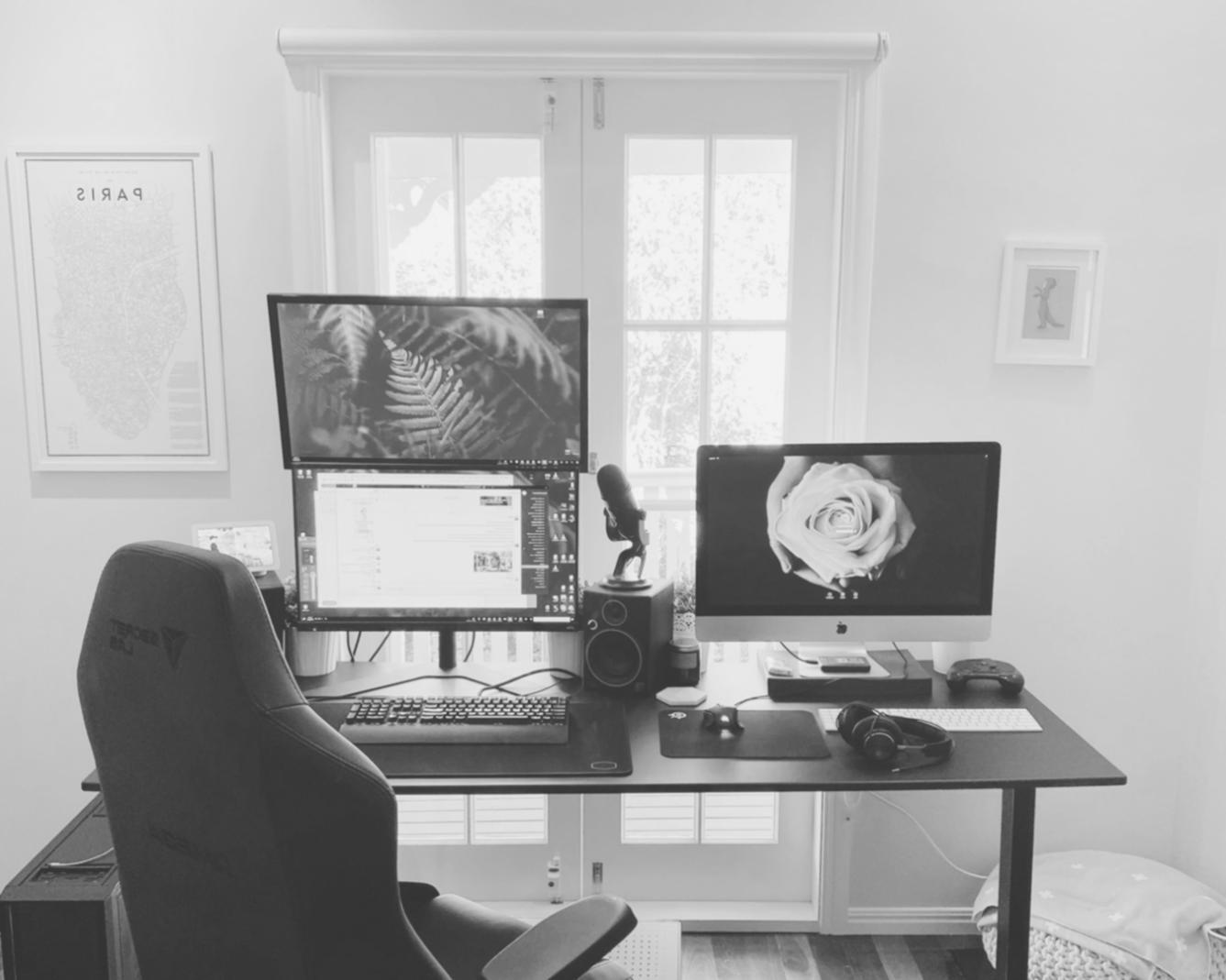Built on Real Business Questions
We started mindfluxe because finance teams kept asking us the same thing: what if we could actually test our decisions before making them?
The Question That Started Everything
Back in 2019, a manufacturing client in Shah Alam asked if we could model what would happen if they expanded production by 30%. Not just the obvious costs, but the ripple effects. Cash flow timing. Supplier dependencies. The stuff that shows up three months later.
We built them a scenario model. It predicted a cash crunch in month four that their spreadsheets had missed completely. They adjusted their timeline, avoided the problem, and the expansion actually worked.
That conversation turned into mindfluxe. Because most businesses don't need more data. They need to see what their decisions actually look like before committing.

What Drives Our Work
These aren't aspirational values. They're how we actually operate when helping businesses model their financial futures.
Clarity Over Complexity
Financial modeling can get technical fast. We translate the math into decisions you can actually use. If a scenario model doesn't help you choose better, we've failed.
Honest Limitations
Models show possibilities, not guarantees. We're upfront about what scenario planning can and can't predict. Variables change. Markets shift. Good models acknowledge uncertainty.
Malaysian Context
We understand how businesses actually operate here. Tax structures, banking relationships, seasonal cash patterns. Your models need to reflect your real operating environment.
How We Got Here
Six years of learning what actually helps businesses make better financial decisions.
Started With One Client Problem
Built our first scenario model for a manufacturing expansion. Learned that businesses don't need more spreadsheets, they need to see their options clearly.
Pandemic Forced Adaptation
COVID showed us how fast assumptions can break. We rebuilt our modeling approach to handle rapid scenario shifts. Helped 23 clients navigate unprecedented uncertainty.
Focused on Malaysian SMEs
Realized mid-size Malaysian businesses had the most to gain from scenario modeling but the least access. Adjusted our service model to fit their reality.
Teaching What We've Learned
Launching education programs in September 2025. After years of building models, we're sharing the methodology so finance teams can run scenarios themselves.
Who Actually Does This Work
We're a small team that prefers building useful models over impressive presentations. Most of us have worked in corporate finance and got frustrated with how decisions actually got made.

Priya Chen
Lead Financial Modeler
Priya spent eight years in corporate FP&A watching executives make big decisions based on gut feel and one-page summaries. She started building scenario models on the side to show what alternatives actually looked like.
When she joined mindfluxe in 2020, she brought that same approach: strip away the financial jargon, model the real variables, show the actual trade-offs. She's built over 140 scenario models for Malaysian businesses.
Outside of modeling, Priya runs a monthly finance workshop in Petaling Jaya where she teaches business owners how to read their own numbers. She believes financial literacy shouldn't require a finance degree.
Scenario models built for Malaysian businesses since 2019
Of clients changed their initial plan after seeing scenario results




Our Modeling Philosophy
Every business decision has multiple paths. We build models that show you what each path might look like, using your actual numbers and real constraints.
Start with the question you're trying to answer. Build scenarios around your key variables. Test the outcomes under different conditions. Then you decide.
It's not about predicting the future perfectly. It's about understanding your options well enough to choose confidently.
Ready to Model Your Next Decision?
Whether you need help with a specific scenario or want to learn the methodology yourself, let's talk about what you're trying to figure out.
Start a Conversation